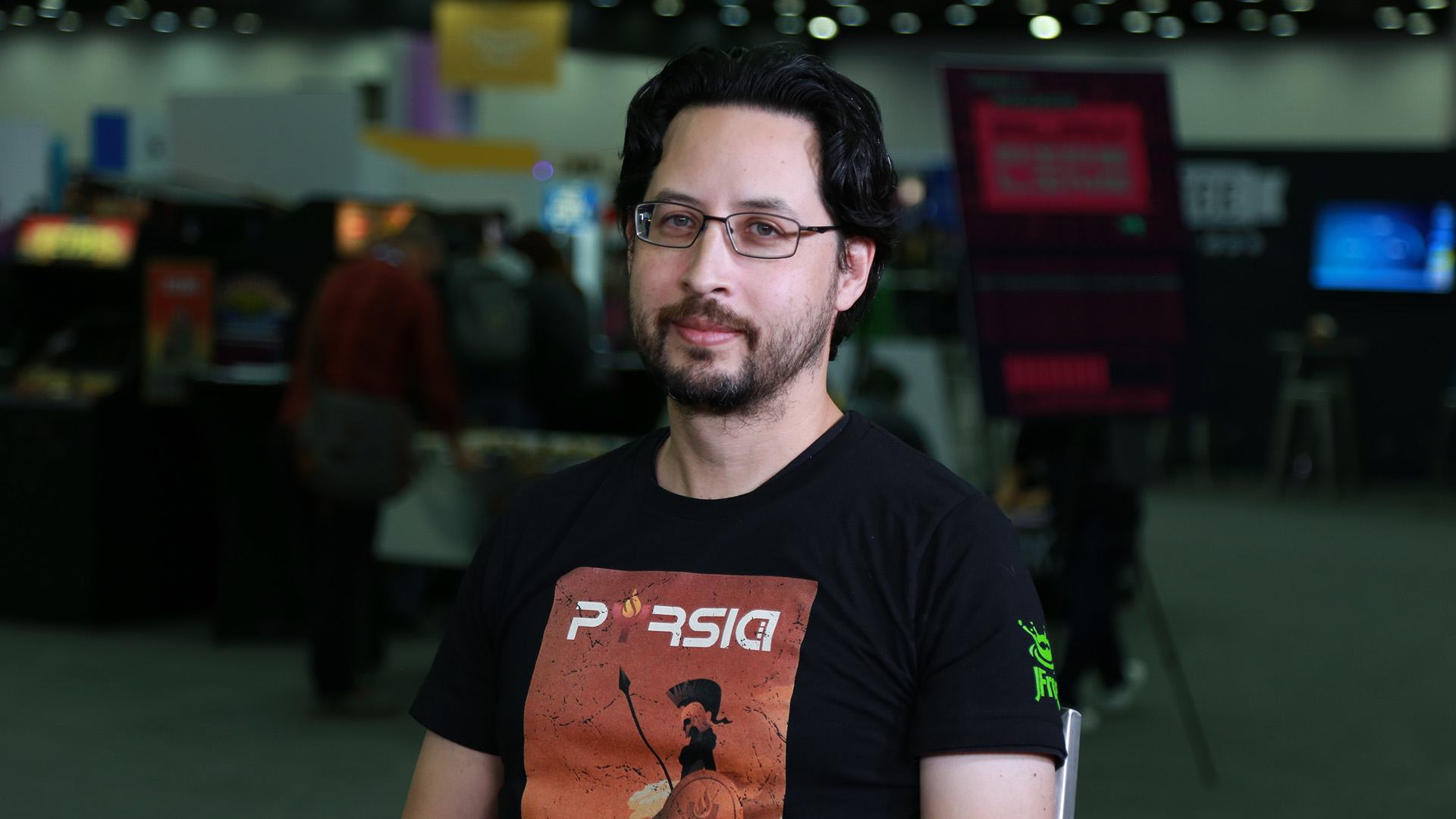 CLOUD
CLOUD
 CLOUD
CLOUD
 CLOUD
CLOUD
Foundational open-source projects usually result in ground-breaking technologies being made available to the general public, not arbitrarily controlled by one company.
Pyrsia is one of those projects, and it’s a decentralized package repository for accessing open-source libraries.
“Pyrsia kind of shifts the whole model,” said Stephen Chin (pictured), chair of the Continuous Delivery Foundation and vice president of developer relations at JFrog Ltd. “When you think about a system that can be sustained, it has to be something that is not just one company. It has to be a set of companies, be vendor-neutral and decentralized. So that’s why we donated it to the Continuous Delivery Foundation.”
Chin spoke with theCUBE industry analysts John Furrier and Savannah Peterson at the recent KubeCon + CloudNativeCon NA 2022, during an exclusive broadcast on theCUBE, SiliconANGLE Media’s livestreaming studio. They discussed the Pyrsia software and other announcements from the Continuous Delivery Foundation. (* Disclosure below.)
A foundational use case for yrsia is its ability to help companies mitigate data and man-hour loss in the event of outages and other inherent disruptions. Pyrsia has been co-developed by a group of known names in the computing space, and so its widely decentralized makeup lends it considerable fault tolerance.
“The companies working on Pyrsia include JFrog, Docker, Oracle, DeployHub, Huawei, and a whole bunch of other folks who are also helping out,” Chin explained. “And when you look at all of those folks, they all have different interests, but it’s designed in a way where no single party has control over the network.”
Another major announcement was CDEvents, a common specification for continuous delivery events which allows end-to-end interoperability in the entire software production ecosystem.
“CDEvents allows you to take all these systems and connect them in an event scalable, event-oriented architecture. The first integration is between Tecton and Captain, so now you can get CDEvents flowing cleanly between your continuous delivery and your observability,” Chin stated.
Here’s the complete video interview, part of SiliconANGLE’s and theCUBE’s coverage of the KubeCon + CloudNativeCon NA 2022 event:
(* Disclosure: This is an unsponsored editorial segment. However, theCUBE is a paid media partner for KubeCon + CloudNativeCon NA 2022. Sponsors of theCUBE’s event coverage have no editorial control over content on theCUBE or SiliconANGLE.)
Support our mission to keep content open and free by engaging with theCUBE community. Join theCUBE’s Alumni Trust Network, where technology leaders connect, share intelligence and create opportunities.
Founded by tech visionaries John Furrier and Dave Vellante, SiliconANGLE Media has built a dynamic ecosystem of industry-leading digital media brands that reach 15+ million elite tech professionals. Our new proprietary theCUBE AI Video Cloud is breaking ground in audience interaction, leveraging theCUBEai.com neural network to help technology companies make data-driven decisions and stay at the forefront of industry conversations.